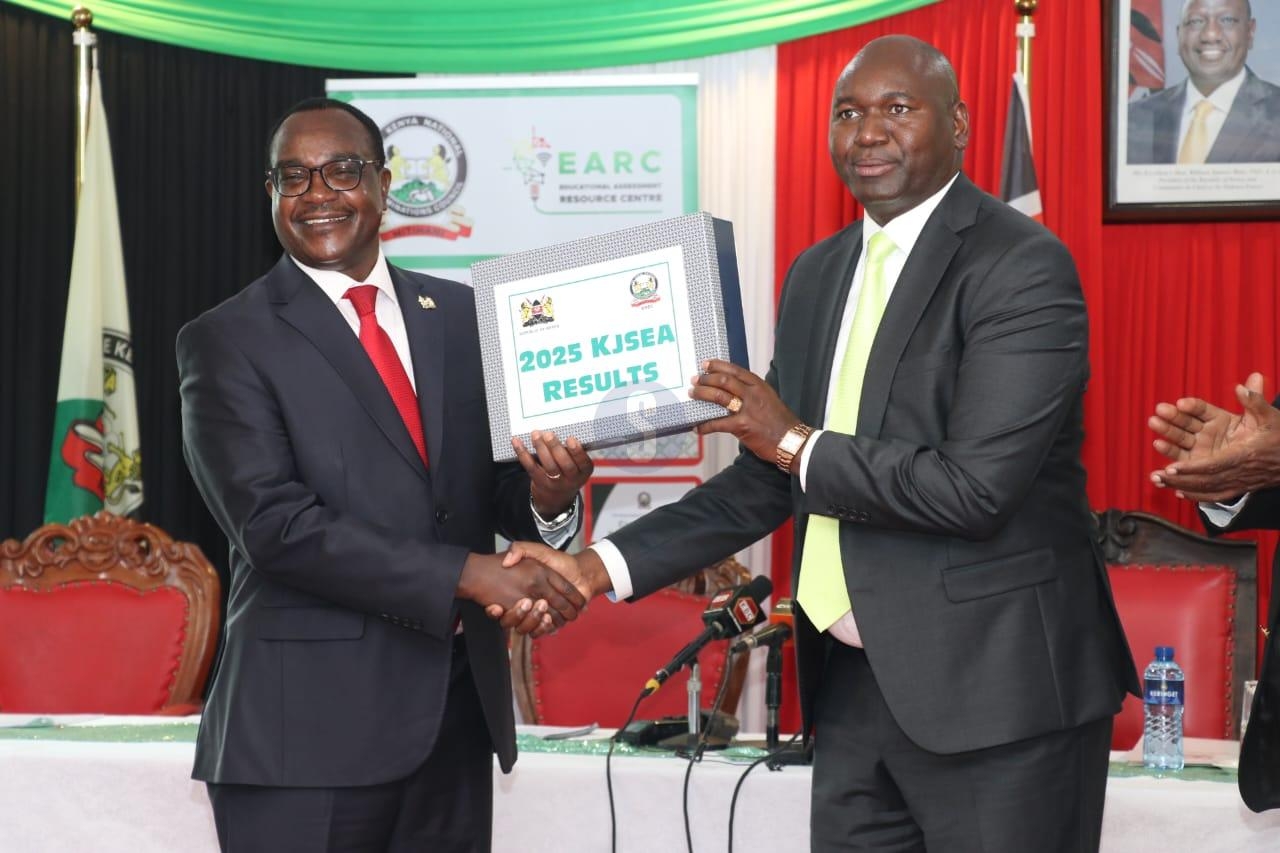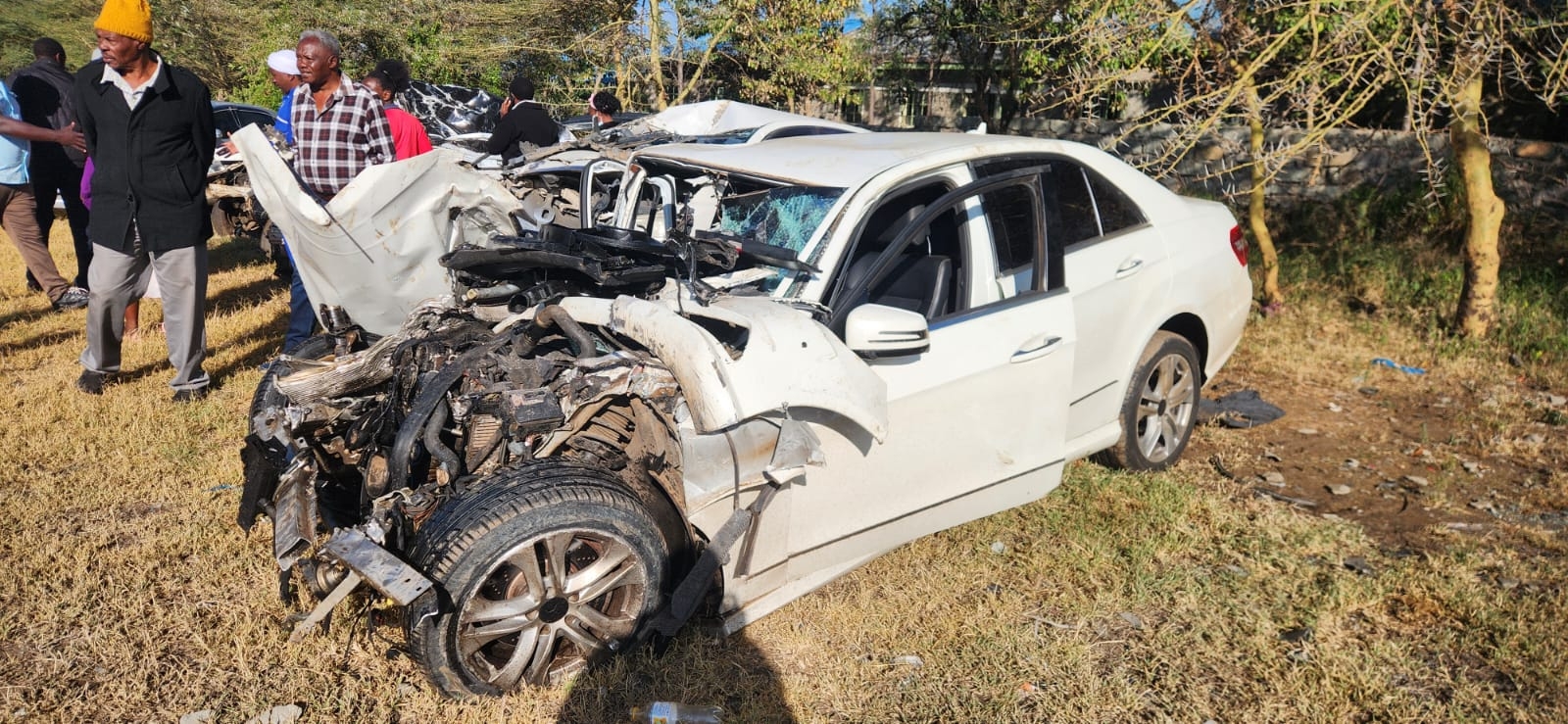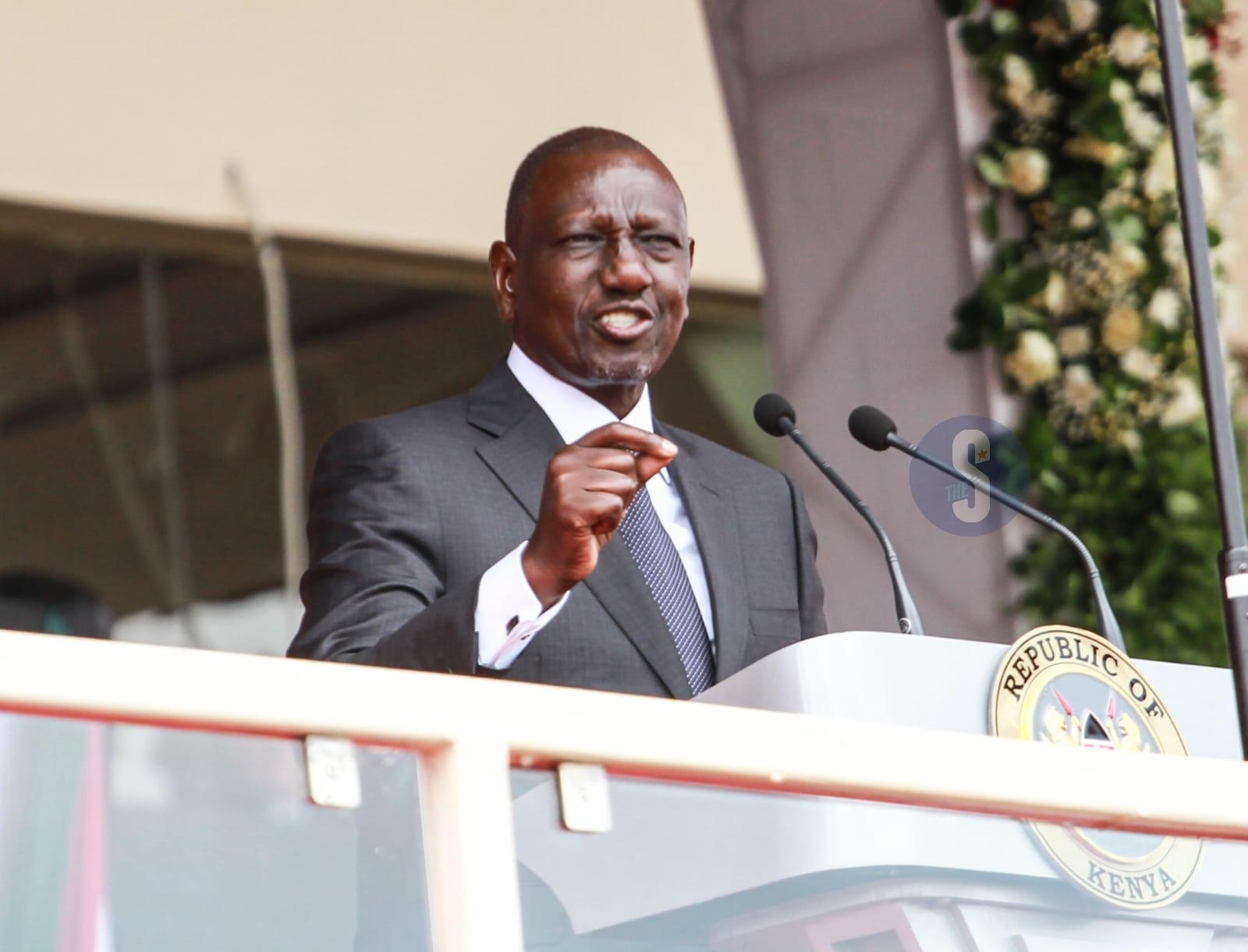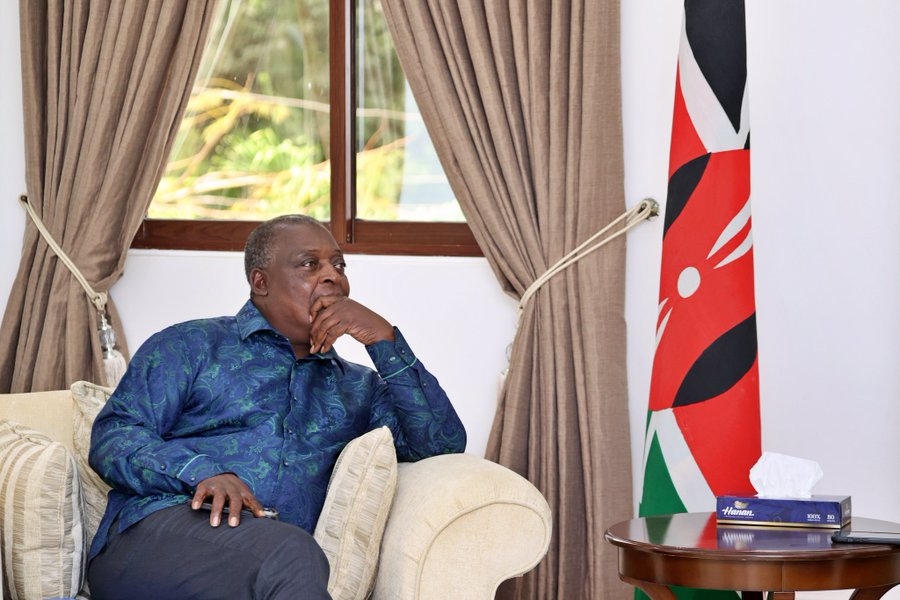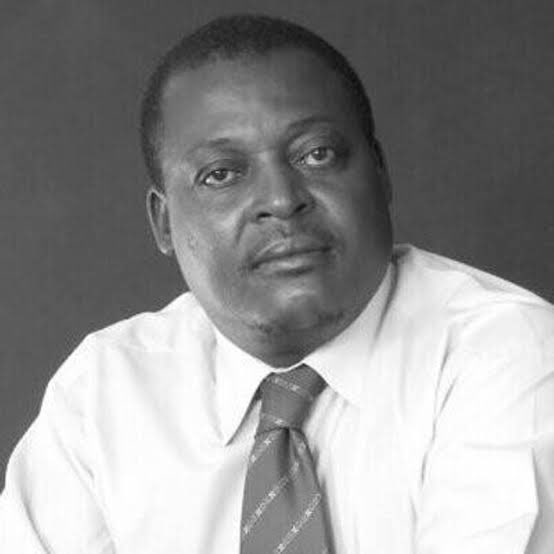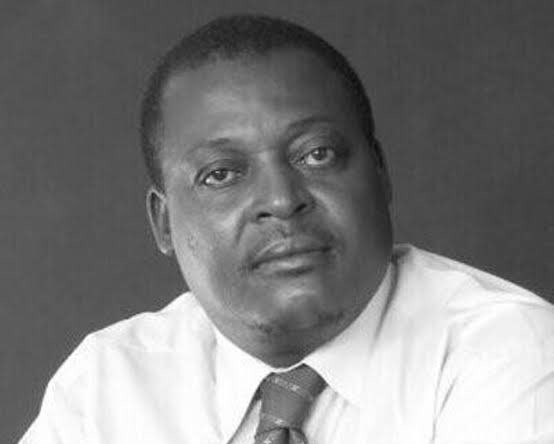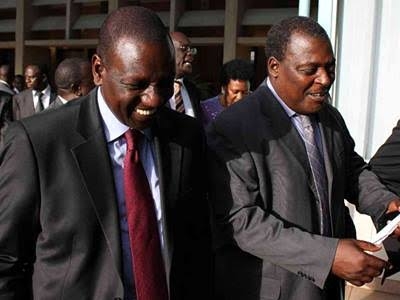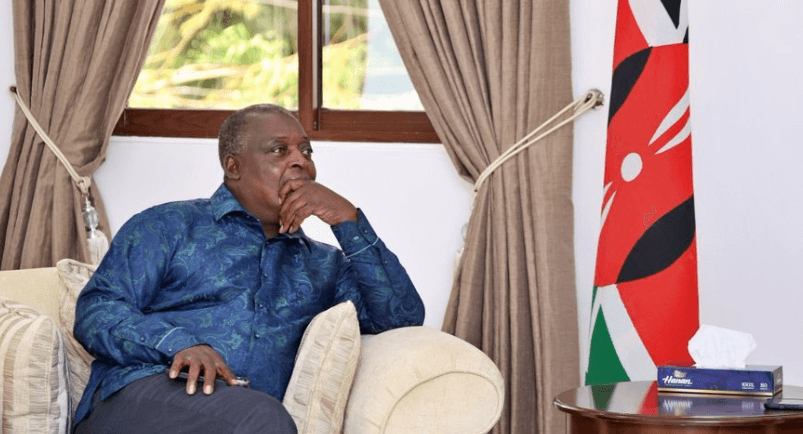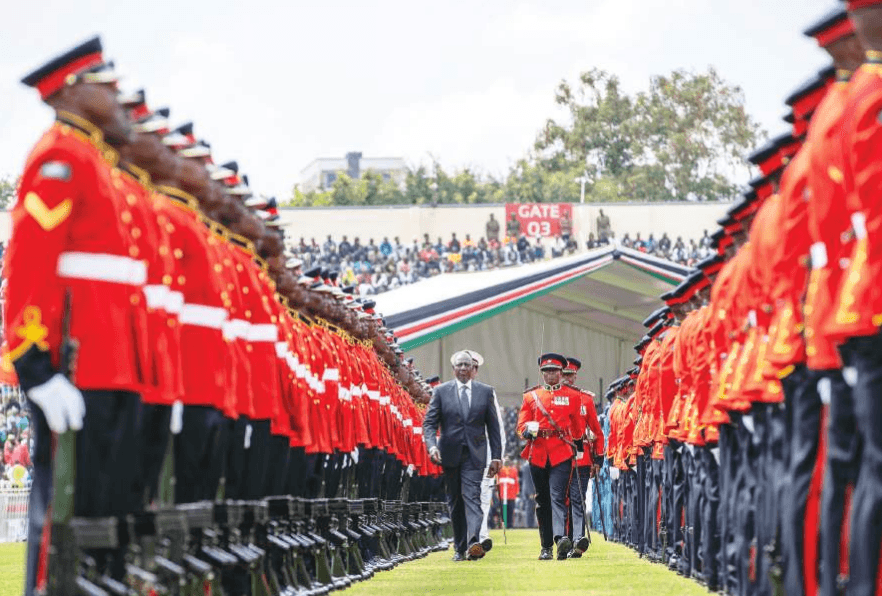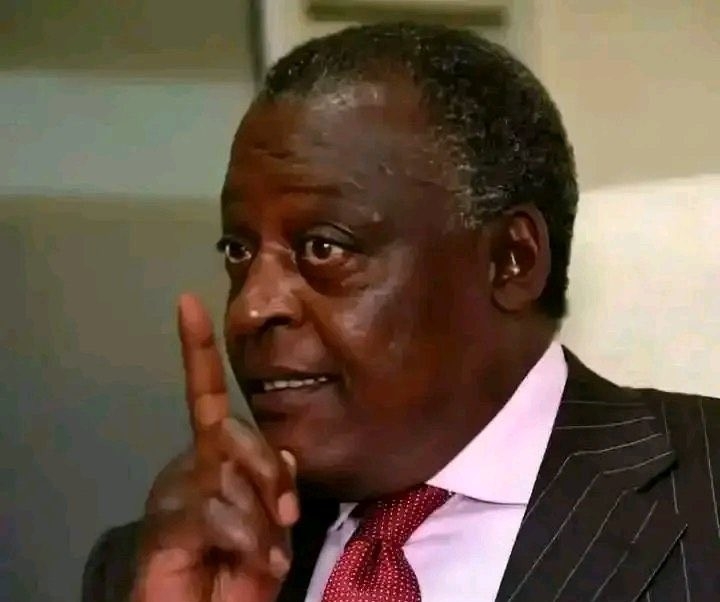Education is the most powerful weapon which you can use to change the world.
Nelson Mandela said, “Education is the most powerful weapon which you can use to change the world.”
Former President Daniel Moi, it can be said, held the same belief. He believed the youth must be educated if Kenya was to achieve its aspirations.
Moi’s 24 years in power were characterised by an increase in access to education and a decline in quality.
Moi took over from Mzee Jomo Kenyatta at a time when many Kenyans had little regard for education.
A career teacher, he sought the advice of technocrats on how to improve education from the British conveyor belt system to a more effective Kenyan one.
A number of task forces were formed whose recommendations led to three fiats.
These were the introduction of primary school milk scheme (1979), the introduction of 8-4-4 curriculum (1983) and the decision to more than double university intake (1987-1990).
The milk scheme provided free milk to all primary schools, while the 8-4-4 restructured the British education system. The system focused on merit in examinations as the hallmark of a learner’s academic progress.
In 1988 Moi ordered universities to increase student intakes from 3,000 to more than 7,000. This was meant to address the bulging number of learners who had a secondary education but did not proceed for higher studies.
Girls' education
President Moi championed the girl child's education as is evident in the fact that nearly all schools named after him are girls' schools. He commissioned the groundbreaking of 14 schools that would later bear his name.
Assuming the society turned a blind eye on the need to educate girls and ignorantly enrol boys only into school and then into the best universities, what will happen when they [boys] go back to their villages, who will they marry?
The boys' schools that bear his name are Moi High School Mbiruri in Embu county and Moi Forces Academy in Nairobi, and Moi High School Kabarak, a mixed school.
He promoted girls' education at a time when many families believed educating daughters was a waste of resources and consigned them to taking care of the home.
It was a cause he would champion long after retirement. Moi, in March 2015, called for the establishment of more girls' secondary schools.
“When you educate a boy, you educate an individual but when you educate a girl, then you are educating a family,” he said during a prize-giving day at Emining Boys' High School in Baringo county.
He said it is not wise to overlook girls and educate only boys.
“Assuming the society turned a blind eye on the need to educate girls and ignorantly enrol boys only into school and then into the best universities, what will happen when they [boys] go back to their villages, who will they marry?” Moi said.
University education
When Moi took power in 1978, the country had just one university—The University of Nairobi—despite a high number of young people seeking higher education.
The recommendations a task force headed by Prof Douglas Odhiambo in 1983 led to the preparation of technical papers for establishing a second university.
On May 30, the Moi University Bill was passed in Parliament, leading to the establishment of Moi University.
Soon after, Kenyatta University was established, becoming the third university. In August 1985 Egerton was gazetted as a constituent college of the University of Nairobi and was opened the following year.
In 1985 the Commission of Higher Education (CHE) was established to regulate higher education on the recommendation of the Gachathi report.
Increased access to education, however, led to a rise in the number of unemployed secondary school and university graduates, and by the late '80s had become a public concern.
The Moi government's solution was to increase positions in the public sector. In the first decade of Moi’s rule, the civil service more than doubled from 133,000 to 272,000 as the government tried to absorb graduates.
Edited by Josephine M. Mayuya


